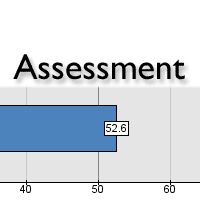
by Gary Reinecke | May 1, 2019 | Church Growth, Coach Training, Leader Development |
Have A Clear Knowledge of Where You Are As A Leader, And How To Get Better!
I’ve found one way to engage leaders in a developmental conversation is to ask them to assess themselves.
There are a number of excellent tools out there that do a great job, providing a reliable and valid baseline that leaders trust. One tool I’ve used with dozens of leaders is called the Leadership Effectiveness Profile. It helps a leader reflect on eight key areas that every leader utilizes as she/he leads a team.
When leader’s see their profile it causes them to pause!
To enhance this exercise, InFocus in partnership with Scrappy Leader has incorporated video to highlight each of the eight competencies in the Leadership Effectiveness Profile online course. The combination of the assessment with the videos is a solid resource to help a leader take the next step in their development. Ideally, the resource works best in the context of a coaching relationship.
Please CLICK HERE for more information or contact InFocus to SCHEDULE AN APPOINTMENT or call/text me at 951.473.4481.
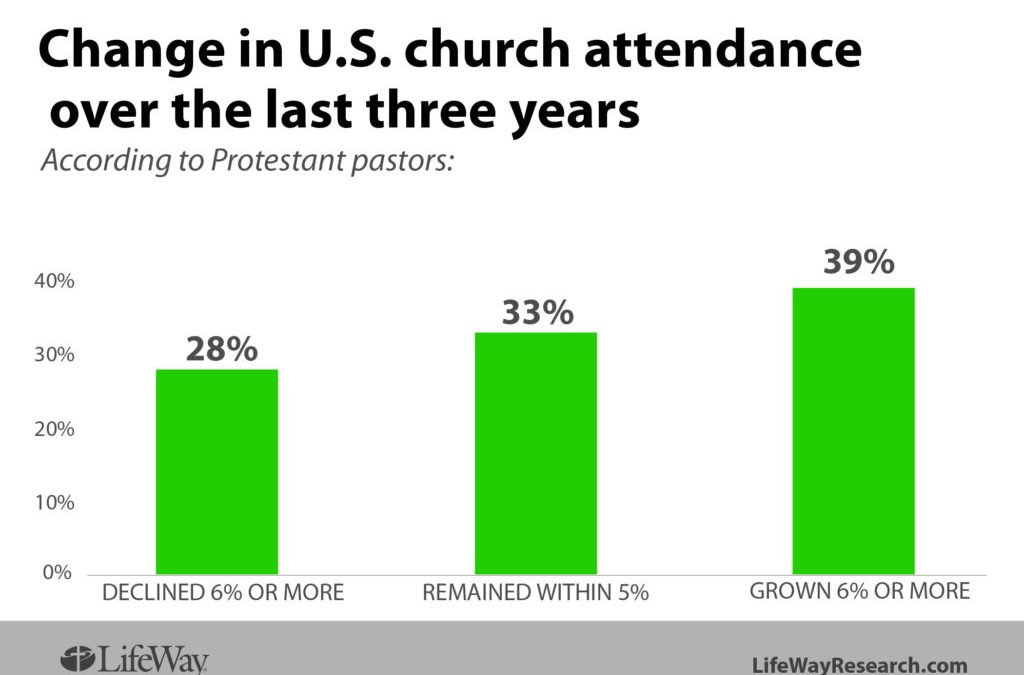
by Gary Reinecke | Apr 2, 2019 | Church Growth, Church Multiplication, Disciplemaking |
My wife Gina is a health coach. One of the challenges she faces in working with clients is their ability to hear that 80% of weight loss is based on what you put in your mouth. The other 20% is exercise. Many times, it is like that bit of information is lost in translation. Instead of putting the focus where it needs to be (food intake) the emphasis is placed on increasing the level of activity – exercise.
It is kind of like going to a church multiplication conference and walking away with a list of things that should be done and neglecting the need to shift the culture of the church. Culture shift is a much more complicated, riskier and problematic exercise.
An intriguing study was released in March 2019 from Exponential by LifeWay Research entitled: “Small, Struggling Congregations Fill U.S. Church Landscape” (used with permission). The article highlights some of the findings that will confirm, or contrast with, what you sense is happening with the church in America. Essentially, the trend remains stable with about 72% of the congregations remaining about the same, or showing slight increases in growth, as the graphs above suggest.
I’ve tracked this trend over the last 30+ years. It is disheartening to read that the situation is not changing. But I also have two reasons to be hopeful.
- Smaller (much SMALLER) Churches Prevail
- Bigger (much BIGGER) Churches are Needed
First, the data suggest that small churches are more effective at making disciples of people far from God.
Forty-six percent of smaller churches (fewer than 50 in worship services) say they had 10 conversions or more for every 100 in attendance, while only 18 percent of churches 250 and above meet that benchmark.
My experience supports this, along with research beyond the US, from the international community (see “Is Bigger Really Better? The Statistics actually Say NO!” by Neil Cole) My observation is that small churches should remain evangelistically effective by making disciples through the reproduction of disciplemaking communities. Culturally, the US is less receptive to creating a culture of multiplication for reasons that I won’t go into here; but the fact remains, the single most important question, that surfaces through the international data from Natural Church Development is an affirmative response to this issue:
Our church consciously promotes the multiplication of small groups through cell division?
It is sort of like when people go to Gina, my wife, the health coach. When she explains to clients in order to lose weight “you must eat healthy and introduce exercise incrementally” there is dissonance. The external response is often at odds with the internal response!
Second, we need more bigger churches – much BIGGER!
The mega-church in the US has traditionally, and continues, to attract the low-lying fruit (people looking for a church home who are for the most part, already followers of Christ). In 2018 the largest congregation in the US had 43,000 people in worship services on a weekly basis – CLICK HERE for more information vs. the top 20 largest congregations worldwide with worship service attendance starting at 250,000+ through regional house church networks – CLICK HERE for more information (albeit dated, but still relevant for my purpose). In the future, I predict the large church will be re-defined by two characteristics in the US:
- Disciplemaking communities with the DNA of multiplication that will reproduce into the third, fourth and fifth generation
- Regional churches of hundreds of thousands of disciples of Jesus vs. tens of thousands we currently see
This is what we have been learning from the international church. However, the ramifications are much more significant than what we can imagine. My experience suggests that until the pain reaches a tipping point where the way we are making disciples and planting churches really and truly is not working OR the resources are no longer available – change will be constrained to the pioneers
Here are three broad changes that are and will continue to occur in the future:
- Simplify requirements of leaders – namely denominations
- More relevant training processes to development leaders – namely seminaries
- Proliferation of bi-vocational leaders – namely the local church
Each of these are hotly debated among denominations, seminaries and local congregations. Humanly speaking, If data alone drove change, then change would have happened long ago, Ultimately, apart from the miraculous work of God, the driving force will be the resources required to run these institutions. What gives me hope, and prayerfully excites you, assuming you’ve stayed with me so far; is that the next generation and the generation after that are looking for deep change AND the Lord of the Harvest is using institutions that have traditionally been unwilling to change, display an openness to change. A number of examples can be given in each of the three categories above on large and small scales – but the window of change is opening.
Here are two examples of what I mean:
- More relational approaches to make disciples and develop leaders through coaching:
- Every notable church planting network, mission agency and reproducing church has embraced the power of coaching.
- Simplifying and creating relevant delivery systems for higher education:
- Fuller Theological Seminary is downsizing their geographic footprint to reallocate resources to reach more students through online delivery systems and making degreed programs fully accessible to leaders around the world, in a manner that would not be possible if they had remained in their Pasadena location.
These examples are like the story of so many of Gina’s clients. The pain and discomfort of remaining in an unhealthy state is overshadowed by their desire for a healthy existence. When they reach that tipping point, deep change begins.
May the Lord give us insight and wisdom to seize the opportunity sooner rather than later.
Change Management Resources:
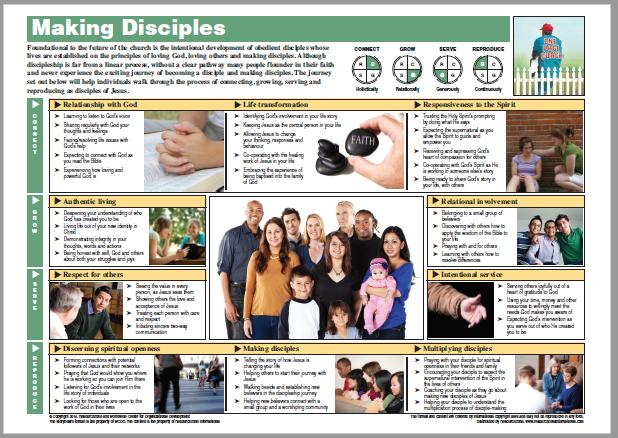
by Gary Reinecke | Mar 19, 2019 | Church Growth, Disciplemaking, Leader Development |
I have reflected on this for some time. Like the last 30+ years. What is your answer?
When I asked a church staff this question, they responded a month later with a list of qualities that described a disciple. For example: Godly character, biblical literate, service, humility, shares faith, etc. And the list went on and on. I was exhausted at the end of our meeting because I was convinced that no one I knew would ever measure-up; including me.
What I felt they were describing was a list of behaviors to make better disciples, but not to MAKE disciples.
This was troubling to me. You could pragmatically help your people become better disciples but miss Jesus’ command to make disciples. Jesus set the tone of His mission by showing His disciples that the best way to become a better disciple is by making disciples.
Taking this a step deeper. Is your ministry making better disciples or more disciples? What is the fruit of a disciple? Simply put, the fruit of a disciple are disciples who are making disciples.
We have taken the mystery of what a fruitful disciple does in the Disciplemaking Collective. We use a simple path to help disciples assess where they are on their disciplemaking journey called the Disciplemaking Coaching Guide and Storyboard (see image above). CLICK HERE for more information.

by Gary Reinecke | Mar 8, 2019 | Church Growth, Coach Training, Leader Development |
Leaders have limited time and resources to develop – we provide coaching and training to help leaders develop their effectiveness!
 For three years, InFocus worked with the North Point Partners from 2008-2011 to coach the 22 lead pastors in their leadership effectiveness. One of the insights we learned was that leaders need a plan to develop their leadership. As a result, we created the Leadership Development Collective, a LIVE online course.
For three years, InFocus worked with the North Point Partners from 2008-2011 to coach the 22 lead pastors in their leadership effectiveness. One of the insights we learned was that leaders need a plan to develop their leadership. As a result, we created the Leadership Development Collective, a LIVE online course.
In three weeks I will co-facilitate the first of four group sessions with Troy Fountain who is a North Point Partner, the founding pastor of Wiregrass Church – which has grown and planted two campuses. He started and led the 1st Strategic Partnership of North Point Community Church. Troy brings years of experience to the Collective.
REGISTER TODAY!
If you register before March 15 you will receive a $300 discount off the normal price of $997. For excellent content, 6 hours of training + 4 hours of 1-1 coaching we estimate this is a $2,500 value. We are eliminating travel, food and lodging from the equation – combined with the convenience of learning from your office!
Sign-up today – click here & use the code: infocus300 to receive the Early Bird Discount!

by Gary Reinecke | Mar 3, 2019 | Church Growth, Church Multiplication, Disciplemaking |
When Josh Packard asked his subjects why they had left church, he found the top four reasons were:
- they wanted community… and got judgment;
- they wanted to affect the life of the church… and got bureaucracy;
- they wanted conversation… and got doctrine;
- they wanted meaningful engagement with the world… and got moral prescription.
A lot of research has been conducted to alert church leaders why people in modern society are leaving the church in record numbers. This list gets at some important issues facing the mission of the local church today. Read more at: To the Dones and the Almost Dones, I hear you by Michael Frost.
InFocus is offering two LIVE courses beginning in April. Who do you know that would benefit from one of the following:
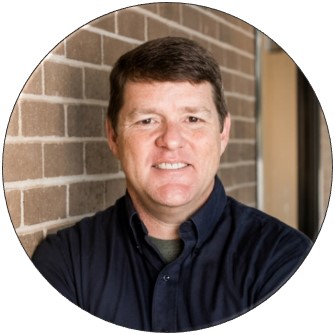
by Gary Reinecke | Feb 26, 2019 | Church Growth, Disciplemaking, Leader Development |
It is one of the recurring and underlying challenges most leaders face. Inspiration from respected leaders is good. Information is helpful. BUT application of key leadership concepts brings transformation. With that in mind we decided to begin with the end in mind in the Develop the Leaders Around You LIVE Course. We want to partner with you to discover steps you can take to advance in your leadership development.
Three things you will gain:
- Individualized coaching through your leadership development journey.
- A comprehensive framework to lead your team.
- Real-time actions you discover from the reflection questions provided.
I’m excited to co-facilitate the group sessions with Troy Fountain, the founding pastor of Wiregrass Church – which has grown and planted two campuses. He started and led the 1st Strategic Partnership of North Point Community Church. Troy has been coaching and consulting church leaders throughout the United States since 2007. He is the Chief Operation Officer of The FOR CO. Troy and his wife live in Dothan, Alabama – they have three children.


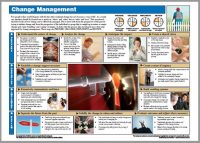




 For three years, InFocus worked with the North Point Partners from 2008-2011 to coach the 22 lead pastors in their leadership effectiveness. One of the insights we learned was that leaders
For three years, InFocus worked with the North Point Partners from 2008-2011 to coach the 22 lead pastors in their leadership effectiveness. One of the insights we learned was that leaders 
